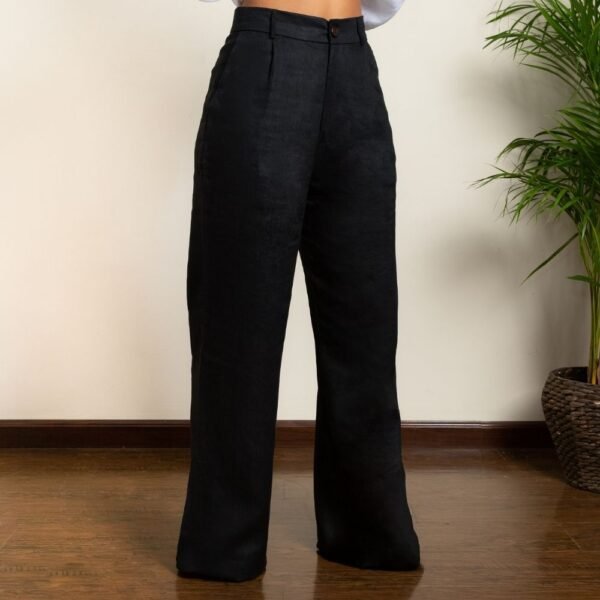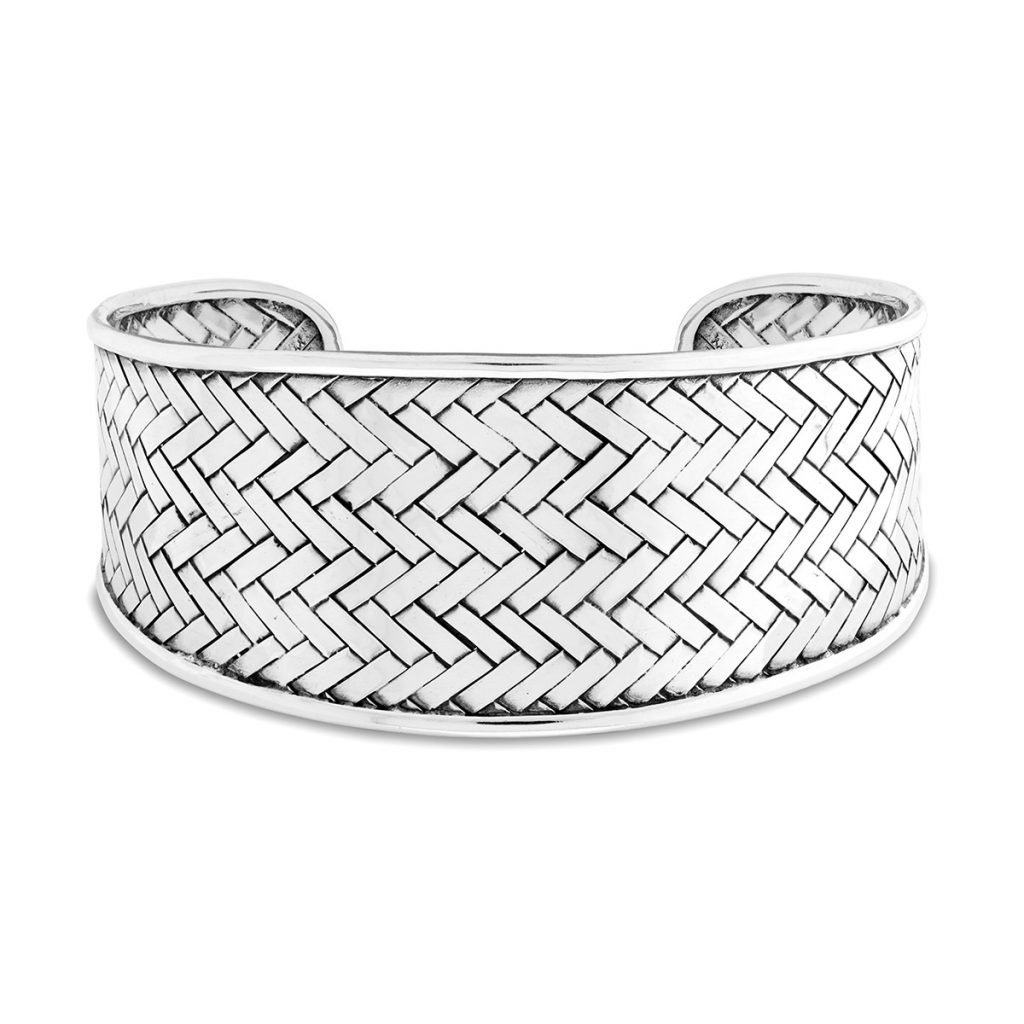From wrapping ancient mummies in the past to styling them in chic, modern ways today, Linen is one of the oldest textiles in the world! Well-known for its durability and excellent absorbency. Linen is also undoubtedly the most sustainable fabric out there and so we have a lot of linen clothes within Goshopia’s range.
Now let’s discover the origin behind linen. Because it is pretty interesting and we know you are curious about materials and the origin and journey of things.
The fibres of the flax plant form the core (base) of Linen. Flax is a cellulosic fiber you can find in the plant’s stems. It is actually the closely-packed cells in them that provide significant strength to the resulting Linen.
After harvesting the plant, the root leftovers fertilize and clean the soil, improving their productivity for 6 to 7 years. Literally, no harmful junk or chemical goes into producing Linen. It requires no fertilizers, herbicides, or pesticides and hence does not pollute rivers or groundwater. A win-win situation!
How exactly does flax fiber transform into linen fabric?
Okay, this is a tiny bit nerdy but trust me, you don’t want to miss out on these exciting points!
- Pulling
Flax is hand-harvested by pulling up the entire plant or when stalks are cut very close to the root. It’s called “pulling” rather than harvesting because the flax is literally pulled out of the ground rather than cut down to preserve the length of the fibers contained within its stem.
- Rippling
After pulling, the plants are dried, and then the seeds are removed through a mechanized process called “rippling” (threshing) and winnowing
- Retting
An interesting bacterial process is used to break down fibers. The bacteria make an enzyme called ‘Pectinase’, which breaks down the pectin in the flax stalks
- Scutching
This process separates the impurities from the raw material, such as the woody portion of the flax stalks. They can either be removed by hand by beating or crushing between two metal rollers separating fibers.
- Heckling
The short fibers are separated by ‘combing’ them away to leave behind only the long, soft flax fibers. These are then spun into yarns and woven or knit into linen clothes.
No other fiber can offer this unique blend of luxury and comfort, supreme elegance, and down-to-earth practicality.
Summer is here and it is time to be in style with our latest and wide variety of Linen Clothes here at Goshopia. Ranging from classy summer dresses to chic co-ord sets and comfy linen tops, we have it all! Available in vast color options including the gorgeous natural and white. When it comes to sizes you can find from extra small to plus size linens. Discover Goshopia’s Affordable Linen Clothes Collection.
-
 Linen Bell Sleeves Dress with Belt$109.81
Linen Bell Sleeves Dress with Belt$109.81- AED: 403.30AED
- GBP: $81.33
- AUD: $170.70
- KWD: $33.802
- EUR: €97.12
- CAD: $151.72
- OMR: $42.080
- QAR: $397.73
- SAR: $409.87
- SGD: $141.37
- ZAR: $1,966.41
In Stock
-
Sale Product on sale
 White Havana Oversized Blazer$200.48
White Havana Oversized Blazer$200.48- AED: 736.30AED
- GBP: $148.48
- AUD: $311.64
- KWD: $61.712
- EUR: €177.31
- CAD: $277.00
- OMR: $76.826
- QAR: $726.14
- SAR: $748.30
- SGD: $258.10
- ZAR: $3,590.05
In Stock
-
 Light Blue Havana Oversized Blazer$200.48
Light Blue Havana Oversized Blazer$200.48- AED: 736.30AED
- GBP: $148.48
- AUD: $311.64
- KWD: $61.712
- EUR: €177.31
- CAD: $277.00
- OMR: $76.826
- QAR: $726.14
- SAR: $748.30
- SGD: $258.10
- ZAR: $3,590.05
In Stock
Types of Linen
There are more sorts of Linen than you might think. Variations in weaving techniques and the mixing with other fibers such as cotton result in these four varieties. They are used in clothing and home, each having its own characteristics and benefits.
- Damask Linen: Damask linen is a classic fabric for decorative tablecloths since this fabric offers the strength of Linen with the subtle beauty of something a lot more delicate, like embroidery.
- Loose weave linen: It is highly absorbent but the least durable type of linen fabric. Most commonly used to make reusable diapers and sanitary towels for kids and even blended with cotton for garments.
- Closely-woven Linen: Often called sheeting Linen and is remarkably soft, hence favored for apparel and bedding.
- Plain weave linen: Plain weave has a natural checkered pattern and is readily absorbent, which is why you’ll find it used to make dish towels and napkins.
Styling Linen Clothes
Linen Clothes never go out of style! You can dress up or down these versatile pieces. Check out some of these pieces:
-
 Midi Wrap Dress With Waist Tie$126.94
Midi Wrap Dress With Waist Tie$126.94- AED: 466.20AED
- GBP: $94.01
- AUD: $197.32
- KWD: $39.074
- EUR: €112.27
- CAD: $175.38
- OMR: $48.643
- QAR: $459.77
- SAR: $473.80
- SGD: $163.42
- ZAR: $2,273.10
In Stock
-
 Black Linen Trousers$75.56
Black Linen Trousers$75.56- AED: 277.50AED
- GBP: $55.96
- AUD: $117.45
- KWD: $23.258
- EUR: €66.82
- CAD: $104.40
- OMR: $28.954
- QAR: $273.67
- SAR: $282.02
- SGD: $97.27
- ZAR: $1,353.03
In Stock
-
 Blue Linen Co-Ord Midi Skirt$96.72
Blue Linen Co-Ord Midi Skirt$96.72- AED: 355.20AED
- GBP: $71.63
- AUD: $150.34
- KWD: $29.770
- EUR: €85.54
- CAD: $133.63
- OMR: $37.062
- QAR: $350.30
- SAR: $360.99
- SGD: $124.51
- ZAR: $1,731.88
In Stock
-
 Blue Linen Co-Ord Top With Centre Closure$79.59
Blue Linen Co-Ord Top With Centre Closure$79.59- AED: 292.30AED
- GBP: $58.95
- AUD: $123.72
- KWD: $24.499
- EUR: €70.39
- CAD: $109.96
- OMR: $30.499
- QAR: $288.27
- SAR: $297.06
- SGD: $102.46
- ZAR: $1,425.20
In Stock
and amazing accessories!
-
 The linen kimono$176.99
The linen kimono$176.99- AED: 650.00AED
- GBP: $131.08
- AUD: $275.11
- KWD: $54.478
- EUR: €156.53
- CAD: $244.53
- OMR: $67.821
- QAR: $641.03
- SAR: $660.59
- SGD: $227.85
- ZAR: $3,169.27
In Stock
-
Sale Product on sale
 Universe Linen Headband- UAE Only
Universe Linen Headband- UAE Only$48.74Original price was: $48.74.$35.40Current price is: $35.40.- AED: 130.00AED
- GBP: $26.22
- AUD: $55.02
- KWD: $10.896
- EUR: €31.31
- CAD: $48.91
- OMR: $13.564
- QAR: $128.21
- SAR: $132.12
- SGD: $45.57
- ZAR: $633.85
In Stock
-
Sale Product on sale
 Infinity Linen Headband Single Ply- UAE Only
Infinity Linen Headband Single Ply- UAE Only$48.74Original price was: $48.74.$35.40Current price is: $35.40.- AED: 130.00AED
- GBP: $26.22
- AUD: $55.02
- KWD: $10.896
- EUR: €31.31
- CAD: $48.91
- OMR: $13.564
- QAR: $128.21
- SAR: $132.12
- SGD: $45.57
- ZAR: $633.85
In Stock
Alternative Uses of Flax & Linen
Flax is a really fantastic plant. It grows almost everywhere, requires not much attention, and best of it all. Did you know the cultivation of flax produces no waste? You can find the different parts of the flax plant in many different industries.
- We use long and short fibers to make clothes- after weaving.
- If crushed, flax seeds produce linseed oil for artists, cabinet makers, and wooden furniture restorers.
- Flax seed oil is a herbal supplement (its high omega content helps to reduce cholesterol) and helps those with eczema and other skin problems.
- Flax seeds are very nutritious and easy to find. Yummy! Add them to your salads toasted or have them to relieve constipation.
- Fishing nets, strings, and ropes can have linen as part of their composition.
What about Linen?
- Apart from clothing, with Linen, you can find plenty of household items such as tablecloths, upholstery, soft furnishings, and curtains.
- In ancient times, Linen was the go-to material to dress wounds and stabilize fractures.
Fun Facts (or perphaps ‘flax’) about Linen!
- Did you know flax is able to capture carbon? A flax field of one hectare can take out of the atmosphere up to 3.7 tonnes of CO2. It’s good for the environment and you!
- Widely accepted as a textile in Egypt around 10,000 years ago, it appears Neolithic people in Europe made textiles from Linen as long as 36,000 years ago.
- Experts say that Linen was so valuable in ancient Egypt and even sometimes used as currency.
- Did you know that Linen clothes are stronger than cotton? It’s one of the few fabrics that is stronger when wet rather than dry.
- Flax is a flowering plant! The flax flower (Linum usitatissimum) is annual, easy-growing, fast, and pretty. Once mature, the flax plant produces an abundance of short-lived but attractive and delicate blue flowers.
- The automobile industry is starting to use flax for non-structural car components such as door panels, ledges, and matting.
- Linen clothes are naturally antibacterial and non-allergenic, meaning it doesn’t provide germs with an ideal breeding environment. This slows the growth of bacteria, ensuring that you and your skin remain as clean and safe as possible.
Using Linen means you are a conscious consumer. You are contributing to a more eco-conscious and sustainable world by using materials that are natural and don’t cause harm or destruction to our environment.
-
 Blue Bell Sleeves Linen Wrap Top$96.72
Blue Bell Sleeves Linen Wrap Top$96.72- AED: 355.20AED
- GBP: $71.63
- AUD: $150.34
- KWD: $29.770
- EUR: €85.54
- CAD: $133.63
- OMR: $37.062
- QAR: $350.30
- SAR: $360.99
- SGD: $124.51
- ZAR: $1,731.88
In Stock
-
 Ema Blazer$178.35
Ema Blazer$178.35- AED: 655.00AED
- GBP: $132.09
- AUD: $277.23
- KWD: $54.898
- EUR: €157.73
- CAD: $246.41
- OMR: $68.343
- QAR: $645.96
- SAR: $665.68
- SGD: $229.60
- ZAR: $3,193.65
In Stock
LIKED THIS ARTICLE ABOUT LINEN CLOTHING?
Then for sure, you will love these other articles.















-600x600.jpeg)
-600x600.jpeg)










